With these three points in mind, you can distinguish between relays and contactors!
With these three points in mind, you can distinguish between relays and contactors!
Relays and contactors are all electromagnetic switching devices, but the former belongs to the switching device operating in the control circuit, while the latter belongs to the switching device operating in the main circuit.
Relay
Relay definition: The relay is an automatic electric appliance. It is suitable for long-distance switching and disconnecting AC and DC small-capacity control circuits, and is used for control, protection and signal conversion in electric drive systems. The input quantity of the control relay is usually the current, the voltage, etc., or the non-electric quantity such as temperature, pressure, speed, etc. The output quantity is the electric signal generated by the contact action or the parameter change of the output circuit. The characteristic of the relay is that when the input quantity changes to a certain program, the output will undergo a step change.
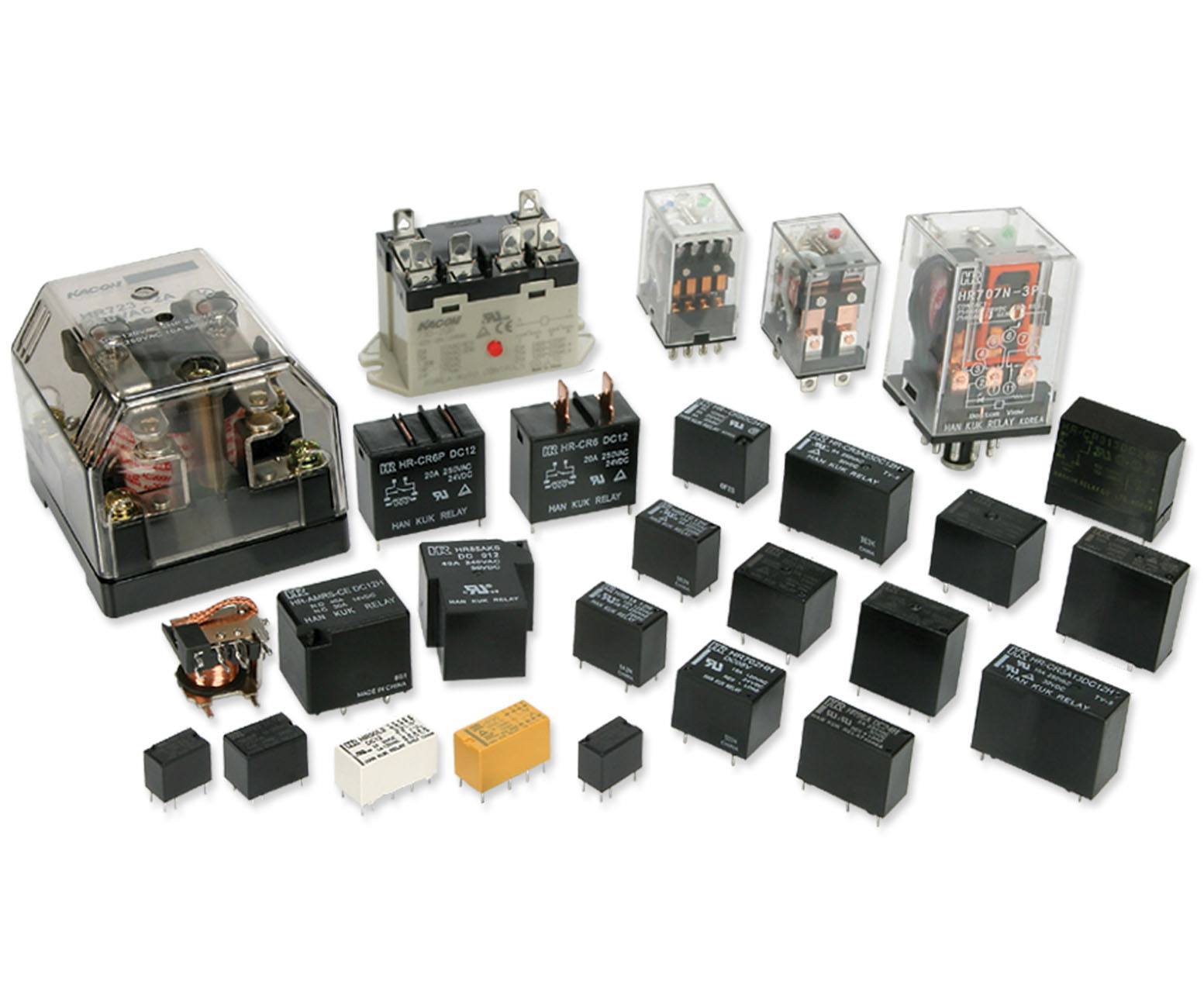
1. When using a single letter, use K
2. When using two letters, there are:
KA----instantaneous, with or without relay, AC relay
KL----locking contact relay, bistable relay
KM----contactor
KP----polarized relay
KR----Reed relay, counter current relay
KT----delay, with or without relay
Contactor
Contactor definition: Contactors are divided into AC contactors (voltage AC) and DC contactors (voltage DC), which are used in power, distribution and power applications. The contactor refers broadly to an electrical appliance that uses a coil to flow a current to generate a magnetic field in an industrial power to close the contact to achieve a controlled load.
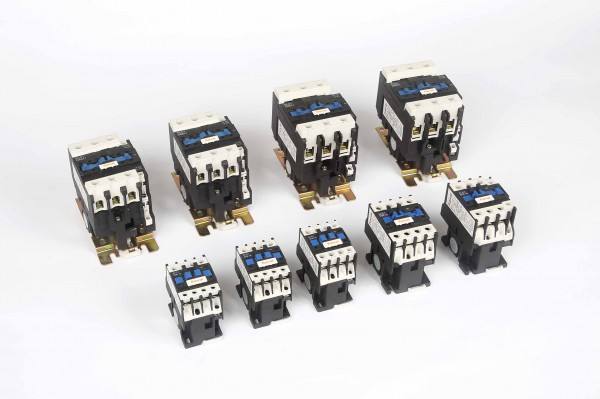
1. The graphical symbol of the contactor is shown in the figure below, and the text symbol is KM.
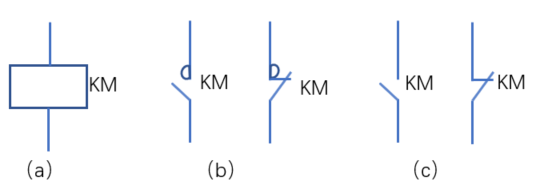
(a) coil (b) main contact (c) auxiliary contact
2, the contactor wiring method
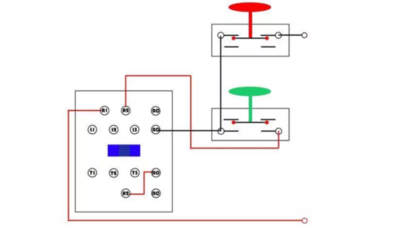
Self-locking
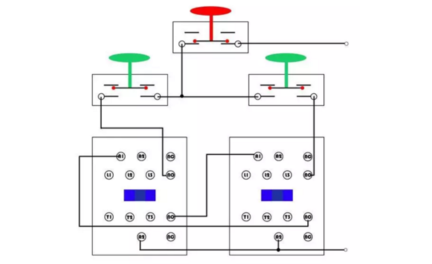
Interlock
The difference between relay and contactor
1, the role is not the same:
The primary function of the relay is for signal detection, transmission, conversion or disposal. The circuit current of the on/off circuit is generally small, and is generally used in the control circuit to control weak signals.
The primary function of the contactor is to turn the main circuit on or off. The main circuit refers to whether a circuit works or not is marked by the circuit being turned on. The main circuit concept corresponds to the control circuit. Generally, the main circuit passes a larger current than the control circuit.
Large capacity contactors are generally provided with an arc chute. The contact capacity of the relay generally does not exceed 5A, the contact capacity of the small relay generally only needs 1A or 2A, and the contact capacity of the contactor is also 9A; the contact of the contactor generally has three pairs of main contacts (the main contact The heads are normally open contacts. There are also several pairs of auxiliary contacts.
The contacts of the relay are generally not divided into main and auxiliary; the contacts of the relay are sometimes arranged in pairs, that is, the normally open contact and the normally closed contact are combined, and the contactor is not arranged in pairs; the relay is related to specific needs, Combined with other equipment, it is planned to be a time relay, a counter, a pressure relay, etc., with additional functions, and the contactor is generally not.
2, the contact opening and closing is not the same:
In addition, the contactor is used to turn on or off the load with a large power, and is used in the (power) main circuit, and the main contact may have a chain contact to indicate the opening and closing of the main contact. Relays are typically used in electrical control circuits to extend the contact capacity of miniature or small relays to drive larger loads.
If the contacts of the relay can be used to turn the coil of the contactor on or off. Generally, relays have more open and close contacts. Of course, the relay can complete some special functions through proper connection, such as logic operation.
3. One of the arc extinguishing devices has one: In fact, the most important difference between the contactor and the relay is that the contactor has an arc extinguishing device, and the relay does not.



